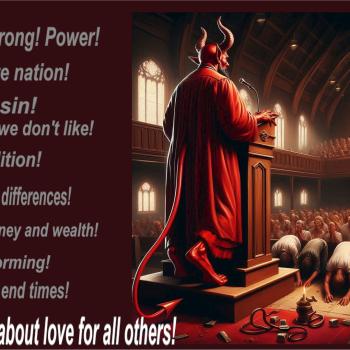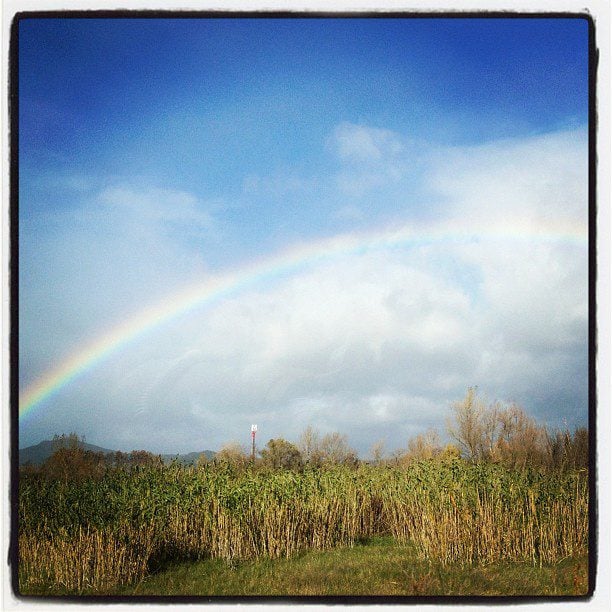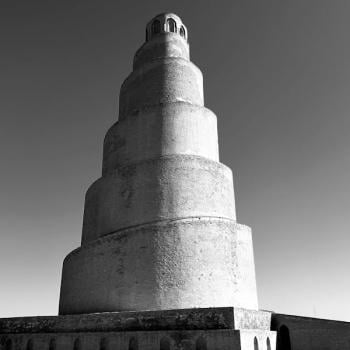Humanitarian Efforts
While the welfare program helps members who are struggling to meet their needs, the Church's humanitarian aid program focuses mostly on people who are not Mormons. Over the years it has relieved the suffering, hunger, thirst, and poverty of millions of people around the world to the tune of one and a half billion dollars.[54]
The Church has joined in more than 200 major disaster assistance efforts, including the 2011 Japan earthquake and tsunami, the 2010 Haiti earthquake, the 2010 Chile earthquake, the 2010 Pakistan flooding, the 2009 Samoa tsunami, the 2009 Philippines typhoon, the 2009 Indonesia earthquake, the 2008 Ethiopia famine, and many others. Naturally, the Church undertakes these projects without regard to the nationality or religion of the recipients.
All of these efforts are made possible by the generous donations of Latter-day Saints and many other charitable individuals. One hundred percent of the donations given to the Church's Humanitarian Services go directly to those in need; the Church absorbs all of its own overhead and administrative costs.
Within hours of a disaster, Latter-day Saints work with local government officials to determine what supplies and food are needed. Materials are then immediately shipped. After urgent needs are met, the Church looks for additional ways to aid in long-term efforts. Our approach is always to help people become self-reliant by teaching skills and providing resources for a self-sustained life.
While the Church's emergency response draws more media attention, Latter-day Saints engage in many other less visible initiatives. In addition to the Church's education programs, it sponsors ongoing global efforts including neonatal resuscitation training, clean water projects, wheelchair distribution, vision treatment, and measles vaccinations.
The Church also sponsors the Mormon Helping Hands program, which brings together members of the Church and their neighbors to provide community service all around the world. In recognizable yellow shirts, these volunteers help people whose lives have been affected by disasters or other emergencies. Volunteers also partner with government and nonprofit organizations to support and improve the communities where they live; they clean parks, restore public structures, and perform various other community services. Mormon Helping Hands reflects the desire of Latter-day Saints to follow the example set by Jesus Christ to serve one another. Originally started in South America, the program has since spread to nearly every corner of the earth. Today, Latter-day Saints and other volunteers of this program have donated millions of hours of service to their communities.
Mission Experience
Latter-day Saints also spread good will and the good news of Christ's gospel as volunteer missionaries. A significant percentage of young adults, as well as an increasing number of senior Church members, serve proselytizing, humanitarian, and service missions around the globe. Within the Church, missions are considered more of an obligation for young men, whereas young women serve if they wish. Almost always the mission experience becomes a time of great learning.
The young people leave behind the accoutrements of adolescent life and seek to help others. Many swap scholarships for suits; romantic relationships for two years without dating; and educational and employment opportunities for the chance to learn from foreign cultures and serve for no monetary reward and are expected to pay their own way. Often missionaries become fluent in a new language. Some leave an area of affluence and serve in a place of poverty, while others have the opposite experience. All face a demanding schedule of study and work. The mission typically lasts two years.
While studying at Harvard as a young man, I approached the dean of freshman students, Dean F. Skiddy von Stade, to discuss the possibility of leaving the university for two years to serve a Mormon mission. He told me that he knew other students who had left to serve missions for the Church. In every case, he said, they became better students and better members of the university community. In fact, he continued, "They had a better sense for who they were and what they wanted in life; we wish everyone would do something like that during their college years." I went on to serve a mission in Brazil, and it was a life-changing experience.
Most others who serve missions feel similarly. The Pew Center's survey reported that 80 percent of those who served missions said it was very valuable in preparing them for job or career success, and 92 percent said it helped them grow in their own faith.[55] Though many missionaries develop strong religious convictions, they are not closed minded; fully 98 percent of members surveyed said that a good person not of their faith can go to heaven. According to the authors of American Grace, this was the highest percentage of any religious group surveyed.[56]




